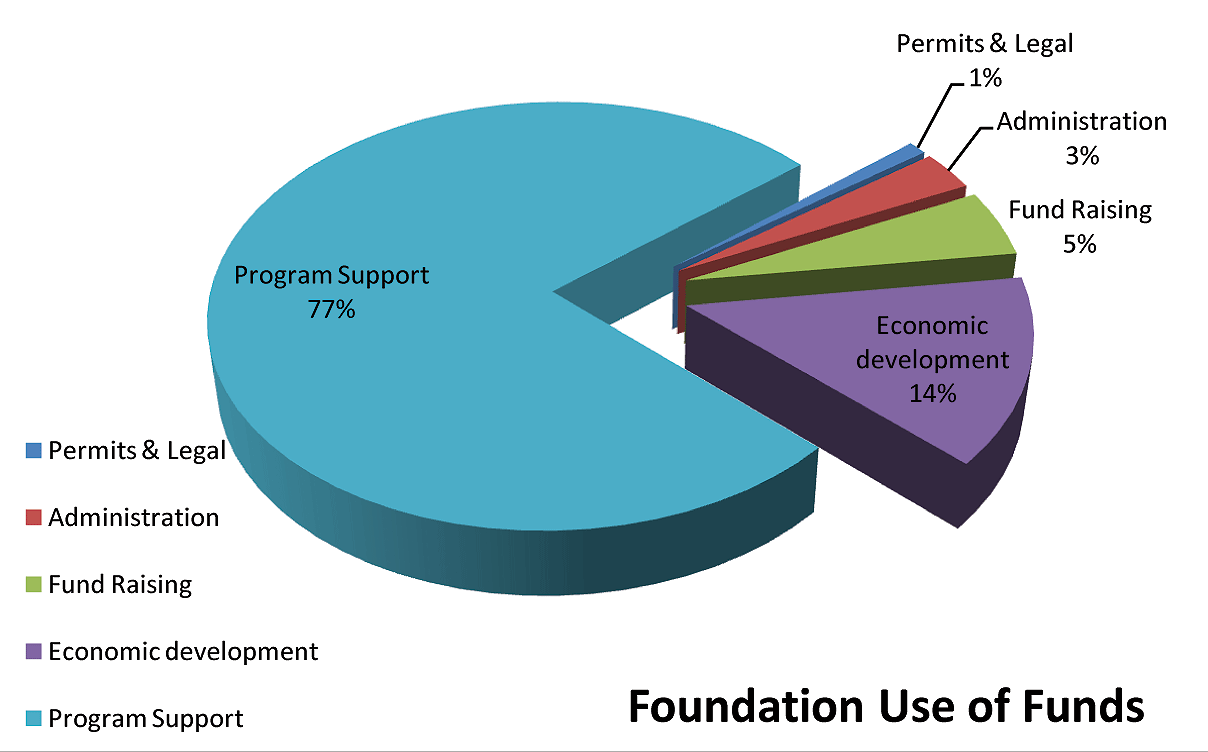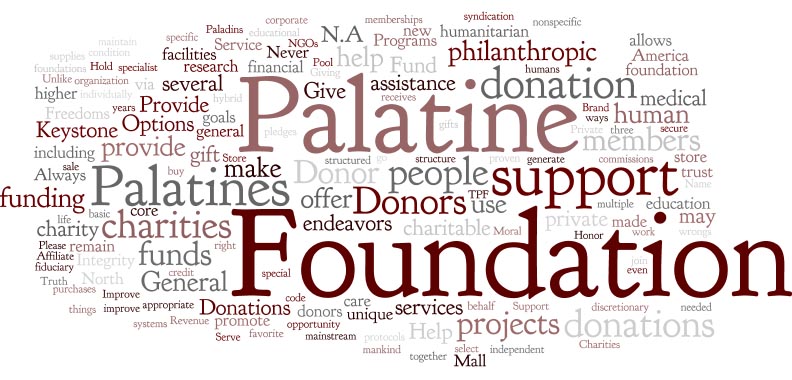
Global Ocean Trash Removal & Cleanup Project
Pacific Ocean “Plastic” Cleanup & Recycling Co-Gen Project
$640,000,000 International Ecological Restoration Program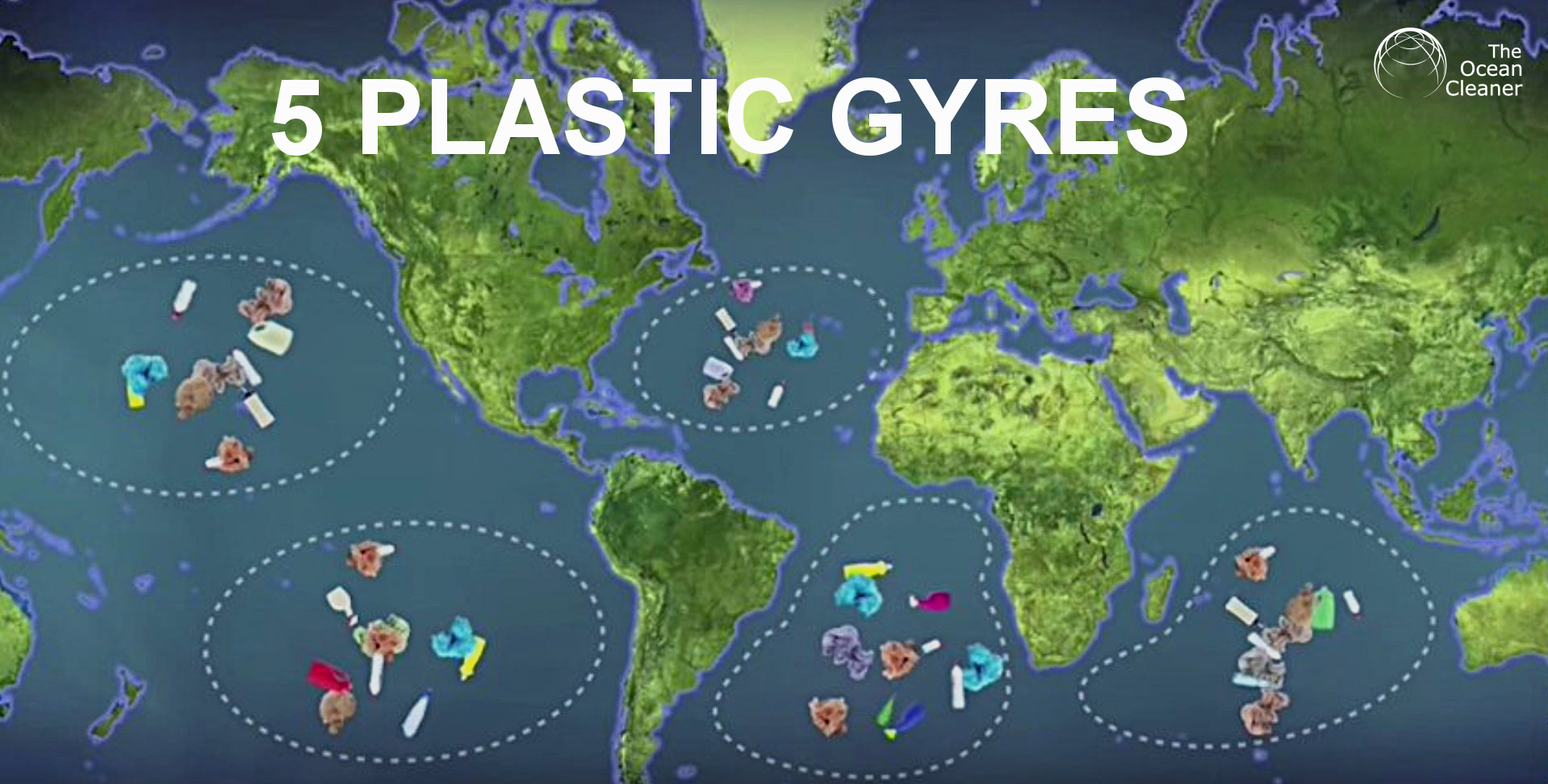 OVER 5 TRILLION PIECES OF PLASTIC CURRENTLY LITTER THE OCEANS Trash accumulates in 5 ocean garbage patches, the largest one being the Great Pacific Garbage Patch, located between Hawaii and California. If left to circulate, the plastic will impact our ecosystems, health and economies. Solving it requires a combination of closing the source, and cleaning up what has already accumulated in the ocean. Marine debris is more than ugly, it kills.
The presence of non-biodegradable debris in the water is a documented hazard to marine life and humans alike. Humans are poisoned: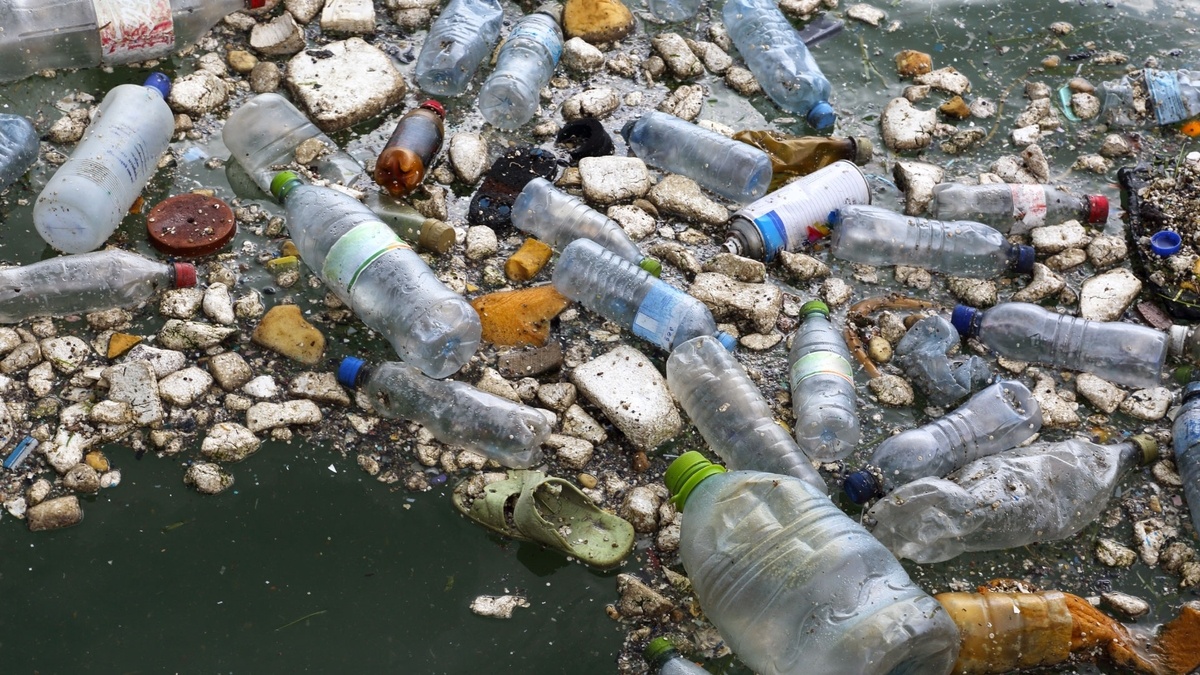
Plastics, rather than biodegrading, tend to break up into microscopic pieces suspended in the water column and then are ingested by all sea creatures. There is evidence that the toxins released by these plastics are introduced into the human food chain this way. Marine mammals, sea birds, fish and turtles are killed by in ingestion, entanglement and strangulation: - Sea animals misidentify plastic and other marine debris as food.
- Animals of all sizes, but especially the great whales and other marine mammals become entangled which forces them to drag lines, floats and even anchors as they swim. Eventually, if they cannot rid themselves of that man-made drag, they die of exhaustion.
- Birds, fish and marine mammals can catch synthetic line around their necks. The animals continue to grow while the line neither stretches nor degrades and they slowly die of strangulation.
- Disconnected fishing pots litter the seafloor and engage in ghost fishing – catching and killing sea creatures for no reason.
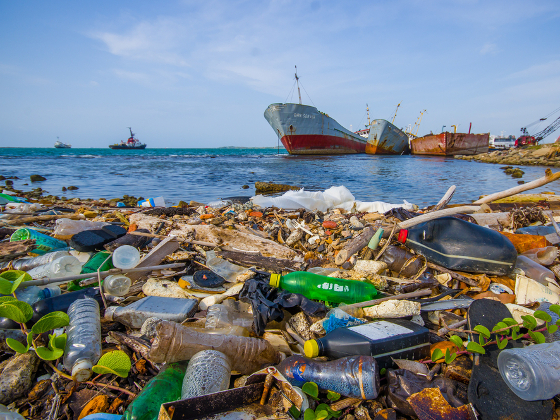
- Plastic Accumulation
It is estimated that 1.15 to 2.41 million tons of plastic are entering the ocean each year from rivers. More than half of this plastic is less dense than the water, meaning that it will not sink once it encounters the sea.
1.15 to 2.41 million metric tons of plastic are entering the ocean each year. The stronger, more buoyant plastics show resiliency in the marine environment, allowing them to be transported over extended distances. They persist at the sea surface as they make their way offshore, transported by converging currents and finally accumulating in the patch. Once these plastics enter the gyre, they are unlikely to leave the area until they degrade into smaller micro-plastics under the effects of sun, waves and marine life. As more and more plastics are discarded into the environment, micro-plastic concentration in the Great Pacific Garbage Patch will only continue to increase. 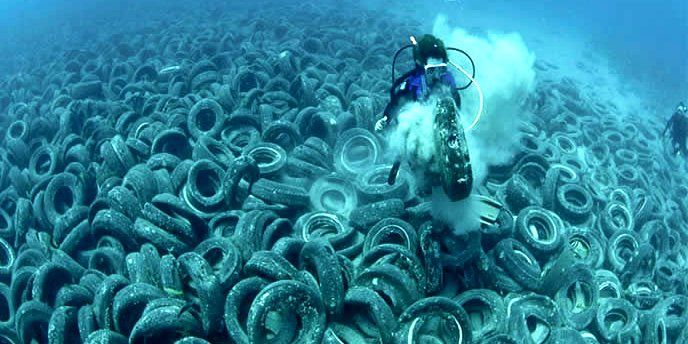 Estimation of Size
The GPGP covers an estimated surface area of 1.6 million square kilometers, an area twice the size of Texas or three times the size of France. The Great Pacific Garbage Patch covers an estimated surface of 1.6 million square kilometers To formulate this number, the team of scientists behind this research conducted the most elaborate sampling method ever coordinated. This consisted of a fleet of 30 boats, 652 surface nets and two flights over the patch to gather aerial imagery of the debris. 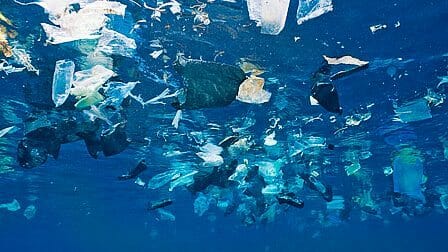 Sampling at different locations within the same time period allowed a more accurate estimate of the size of the patch and the plastic drifting in it. TPF will place part of the support for this project with two existing organizations; the Ocean Cleanup Organization that has conducted much of the evaluation of the debris; and, the new group that is deploying floating booms that will slowly concentrate trash for pickup. TPF plans to construct two major recovery and process vessels that will be deployed to these trash sites. These vessels will be constructed with engineered conveyors and will contain hand sorting lines after automatic separation sends plastics to various process, cleaning, and chipping lines to store processed product for delivery to plastics recycling plants on the mainland. In so much as trash plastic deteriorates into “micro-plastic” pieces that remain in the ecosystem for years. The second part of the TPF project will include two large vacuum ships that will suction sea water in the plastic floats, and filter out as much of the micro-plastics that can make the water safe again. E-mail your questions or request details to: thepalatines@web-dynamics.us | 














